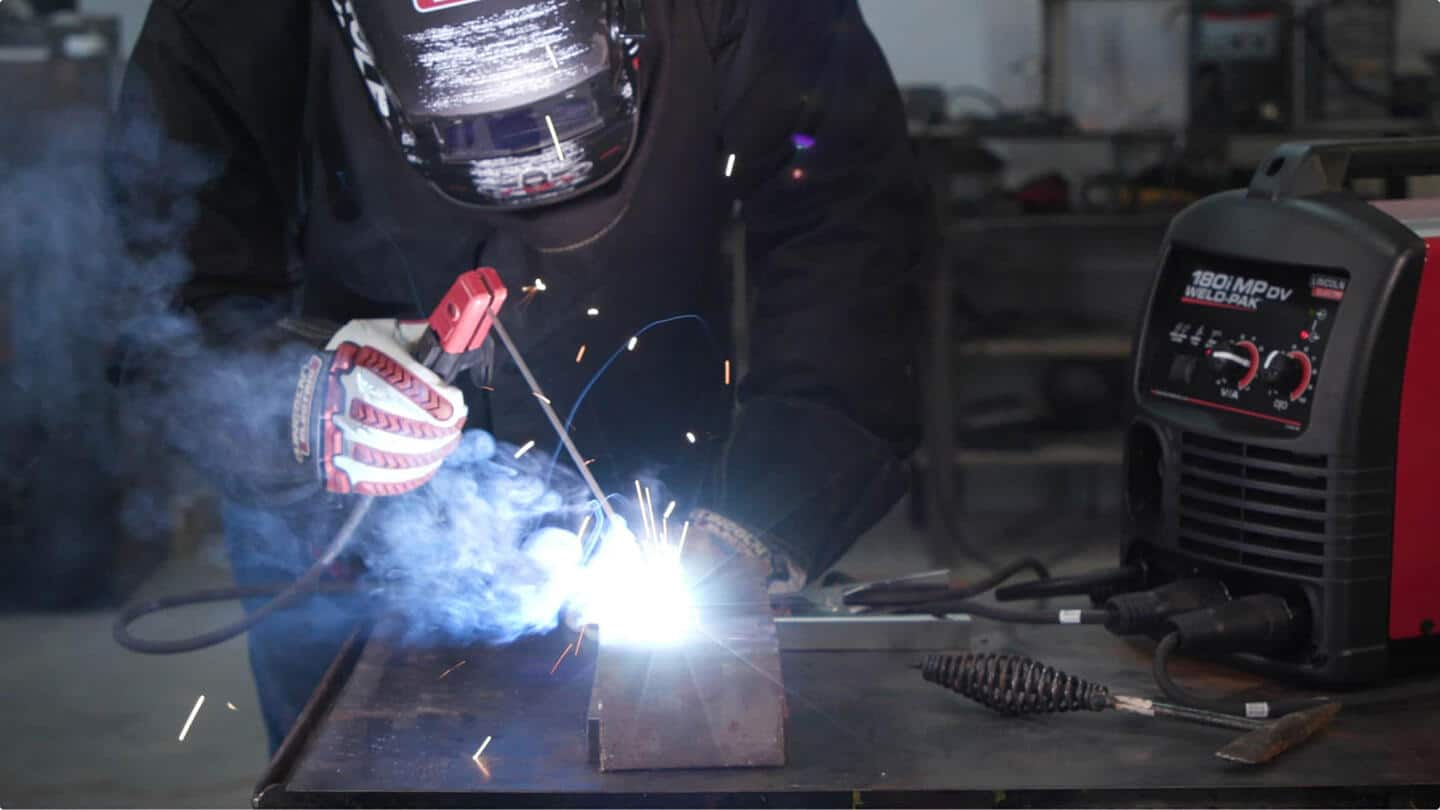Optimizing Your Welding WPS: Strategies for Improved Performance and Performance
Optimizing Your Welding WPS: Strategies for Improved Performance and Performance
Blog Article
Achieving Welding Excellence: Revealing the Secrets of WPS Implementation and Optimization
In the realm of welding, accomplishing excellence is a pursuit that hinges on the meticulous application and optimization of Welding Procedure Specifications (WPS) By diving into the key aspects, approaches, difficulties, and best practices linked with WPS, a globe of welding quality awaits those that are prepared to discover its midsts.
Significance of WPS in Welding
The Importance of Welding Treatment Specs (WPS) in the welding market can not be overemphasized, functioning as the foundation for making certain consistency, top quality, and security in welding procedures. A WPS offers comprehensive guidelines on how welding is to be accomplished, consisting of essential variables such as products, welding processes, joint style, filler metals, preheat and interpass temperatures, welding currents, voltages, traveling rates, and extra. By sticking to a well-defined WPS, welders can preserve uniformity in their job, bring about constant weld high quality throughout different tasks.

Secret Elements of WPS
Discussing the essential parts of a welding treatment spec (WPS) is necessary for understanding its duty in welding operations. One important aspect of a WPS is the welding procedure spec, which lays out the details welding processes to be used, such as gas tungsten arc welding (GTAW) or protected steel arc welding (SMAW) By including these vital aspects right into the WPS, welding treatments can be standard, guaranteeing high quality, efficiency, and security in welding operations.
Techniques for WPS Optimization

Secondly, training and certification of welding personnel according to the details requirements of the WPS is vital. Giving comprehensive training programs and making sure that welders are accredited to implement procedures described in the WPS can cause better welds and decreased rework.
In addition, leveraging technology such as welding software application and tracking systems can assist in maximizing WPS. These tools can help in tracking variables, making sure parameters are within defined limits, and providing real-time comments to welders, enabling them to make prompt modifications for boosted weld top quality.
Common Obstacles and Solutions
Dealing with challenges in carrying out the methods for WPS optimization can impede welding operations' effectiveness and quality. One common difficulty is poor training or understanding of the welding treatment requirements (WPS) among the welding team. This can cause improper implementation of welds, causing issues and revamp. To address this, detailed training programs need to be implemented to ensure that all welders are competent in interpreting and applying WPS accurately.
Another difficulty is the absence of appropriate paperwork and record-keeping, which is important for WPS optimization. Without click for source clear records of welding parameters, materials made use of, and assessment results, it becomes challenging to recognize locations for renovation and ensure consistency in welding procedures. Executing a durable paperwork system, such as electronic welding administration software, can help simplify record-keeping and help with information analysis for constant improvement.
In addition, inconsistent welding tools calibration and maintenance can pose a considerable challenge to WPS optimization. Regular tools checks, calibration, and maintenance routines should be abided by purely to ensure that welding criteria are accurately regulated and maintained within the defined resistances (welding WPS). By addressing these typical challenges with positive solutions, welding procedures can enhance performance, high quality, and general welding excellence
Best Practices for WPS Application
To ensure effective WPS application in welding procedures, adherence to industry requirements and careful interest to information are vital. When starting WPS implementation, it is essential to start by extensively understanding the certain welding needs of the project. This involves a thorough evaluation of the welding treatment specifications, materials to be welded, and the environmental problems in which the welding will certainly happen.
As soon as the needs are clear, the following step is to select the appropriate welding treatment that aligns with these specifications. This entails consulting the appropriate codes and requirements, such as those given by the American Welding Society (AWS) or the International Organization for Standardization (ISO), to guarantee compliance and quality.
Moreover, documenting the hop over to here entire WPS implementation procedure is necessary for traceability and quality assurance. Comprehensive records need to be maintained pertaining to welding criteria, product prep work, preheat and interpass temperature levels, welding consumables utilized, and any kind of deviations from the original procedure. Regular audits and reviews of the WPS can assist identify areas for enhancement and make certain recurring optimization of the welding procedure.


Final Thought
Finally, the application and optimization of Welding Treatment Specifications (WPS) is vital for accomplishing welding quality. By recognizing the crucial elements of WPS, executing reliable techniques for optimization, resolving common challenges, and following finest practices, welders can make sure top quality welds and secure working problems. It is vital for specialists in the welding sector to focus on the correct implementation of WPS to improve total welding performance and attain desired outcomes.
The Significance of Welding Treatment Specifications (WPS) in the welding industry can not be overemphasized, offering as the backbone for guaranteeing uniformity, high quality, and safety and security in welding operations. A WPS supplies thorough guidelines on exactly how welding is to be lugged out, consisting of vital variables such as materials, welding processes, joint design, filler metals, interpass and preheat temperature levels, welding currents, voltages, travel speeds, and extra. One crucial element of a WPS is the welding process specification, which details the specific welding processes to be used, such as gas tungsten arc welding (GTAW) or secured steel arc welding (SMAW) By integrating these essential components right into the WPS, welding treatments can be standard, ensuring quality, performance, and safety and security in welding procedures.
It check these guys out is imperative for specialists in the welding industry to focus on the proper implementation of WPS to boost total welding performance and accomplish desired results.
Report this page